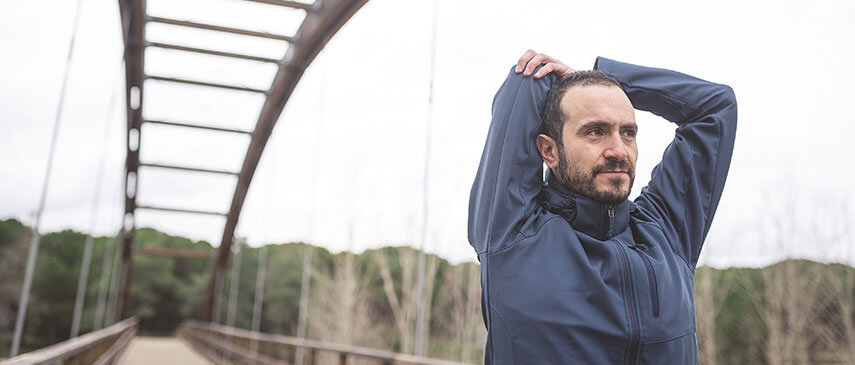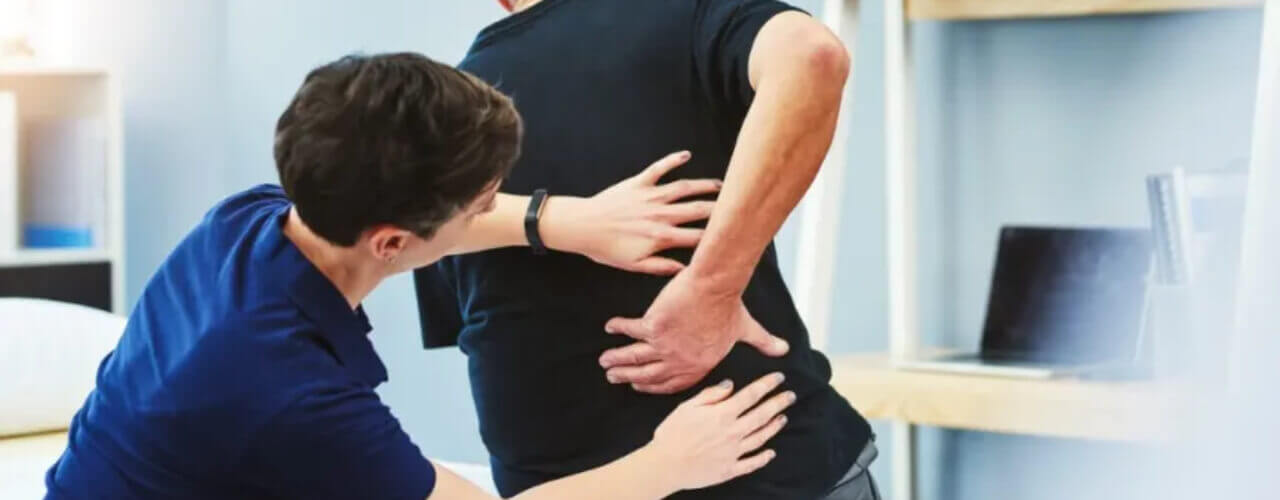Perhaps you’ve torn your rotator cuff from over-pitching a game, or wrenched your back while moving furniture. Chances are, you’re just now learning how hard it can be to get back to a regular workout routine after that injury. Physical therapy is often a key element of the process. But whether you go it alone, or consult a sports medicine expert, there are some tried-and-true methods for becoming active once more — without re-injuring yourself.
The Road to Recovery
Depending on your injury, you may be able to oversee your own rehab, but a physical therapist is invaluable during the entire recovery process. In fact, “roadmap” for successfully resuming exercise following an injury tends to be the same for most people.
It’s often helpful to see a doctor to determine whether you’ve torn a ligament or had a less serious sprain, to use one example. Severe tears may require surgery. In either case, a period rest is usually indicated, followed by icing and compression.
Following the resting period, start by walking around your home or yard, and doing some mild stretching moves. Next, move on to deeper stretching and range-of-motion moves, eventually graduating to a bit of resistance training and light aerobic workouts.
One final step in sports medicine before you return to your pre-injury routine: Have your physical therapist evaluate your workout or sport to see if any specific movies may have contributed to the injury, or is likely to aggravate it. Athletic therapy may also involve strength-building routines on muscles that support the injured area. People with strained backs, for example, often need to tone their core in order to better protect back muscles.
Don’t Favor Your “Good” Side — or Your Bad One
It’s natural for your body to try to compensate for an injury during athletic therapy, especially if the tear or sprain involved one of your limbs. But doing so can result in a lopsided ratio of strength and flexibility, once that injury heals. (On the other hand, working on only your injured knee or forearm, might mean that the uninjured limb loses some muscle or range of motion during the rehab process.)
Instead, use physical therapy to develop a program that works both the injured and uninjured limb, even if different methods are needed. Of course, targeted manual therapy moves may be needed to work injured joints and muscles. But in sports medicine, it’s been found that patients also need to keep up with traditional stretching and resistance training on the opposite, uninjured limb.



